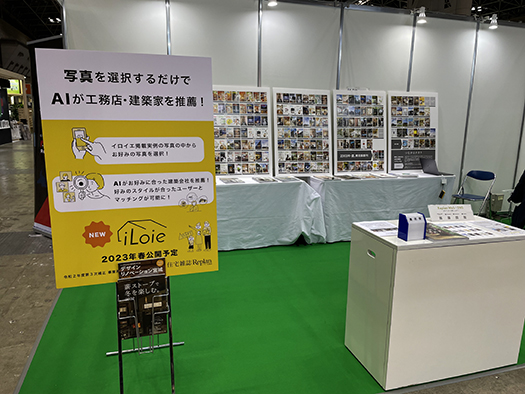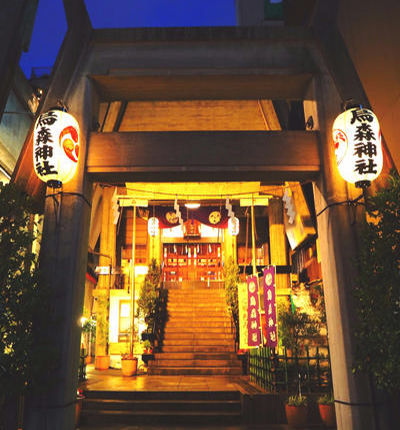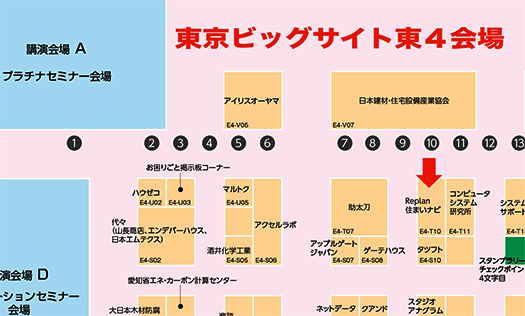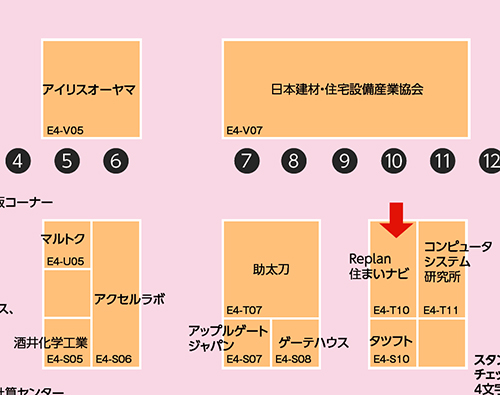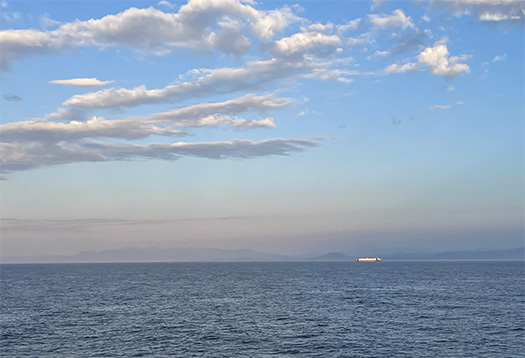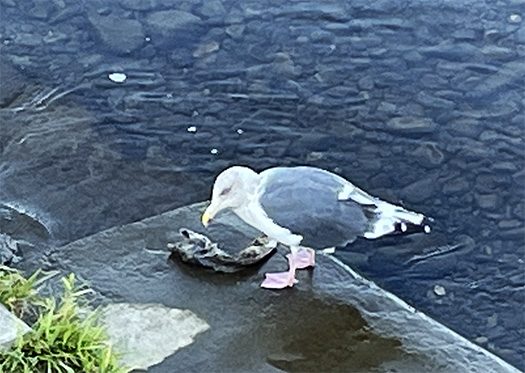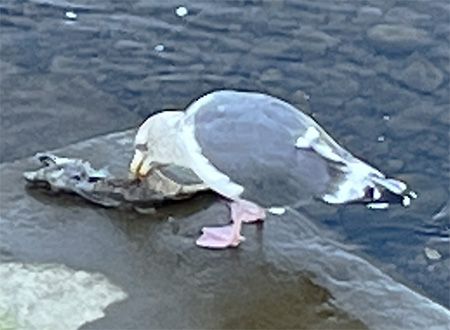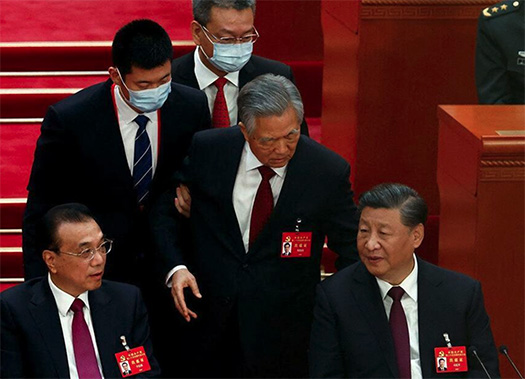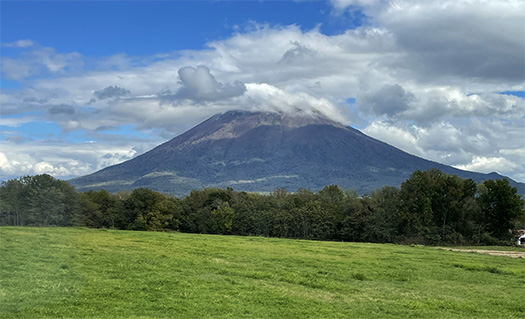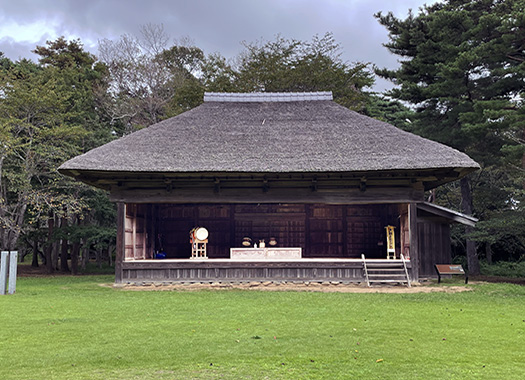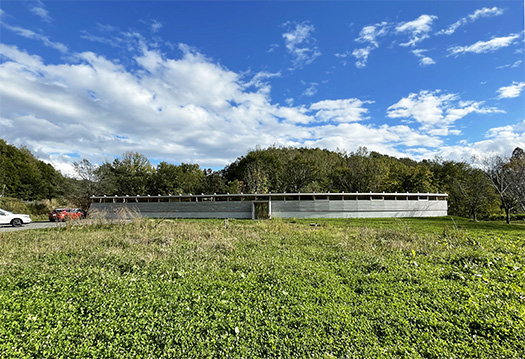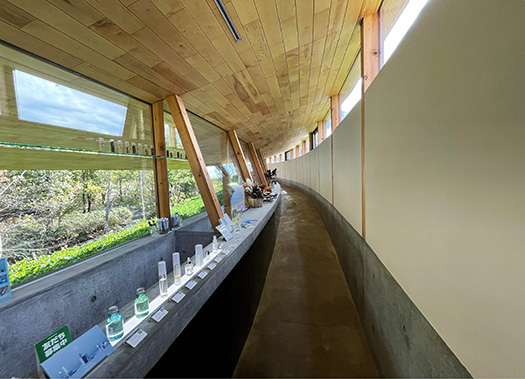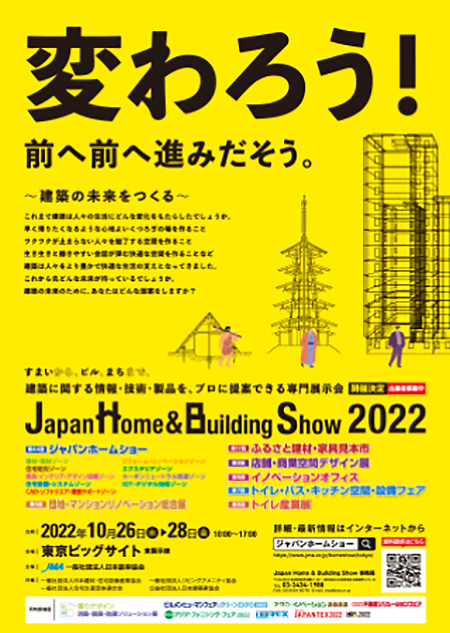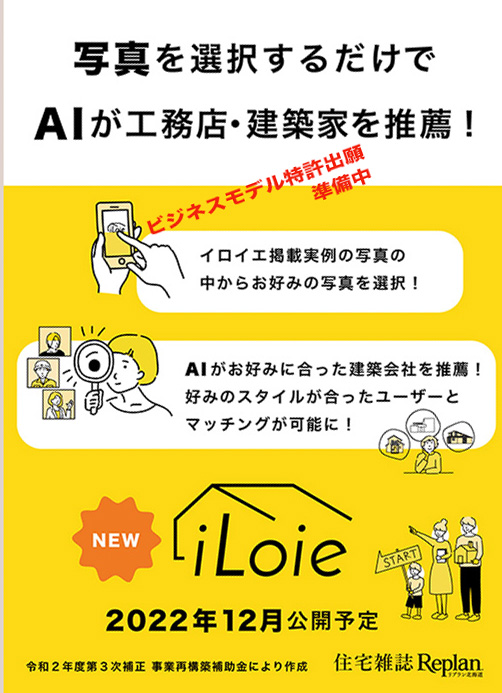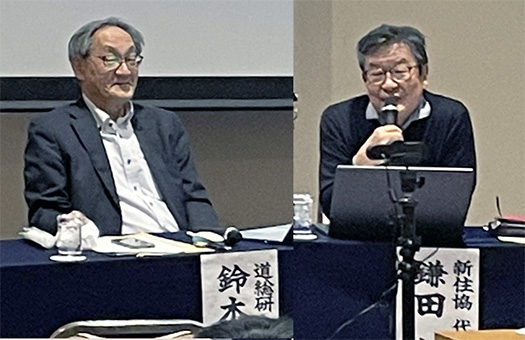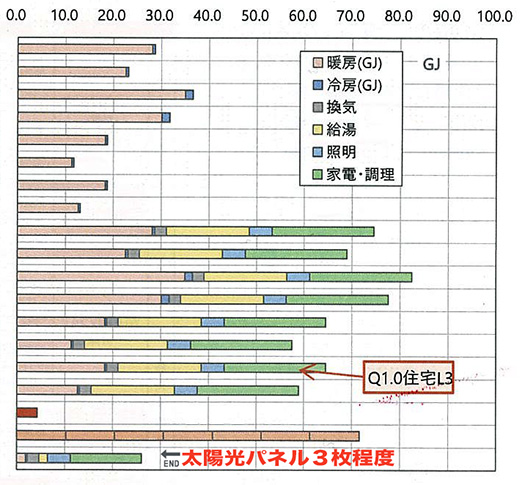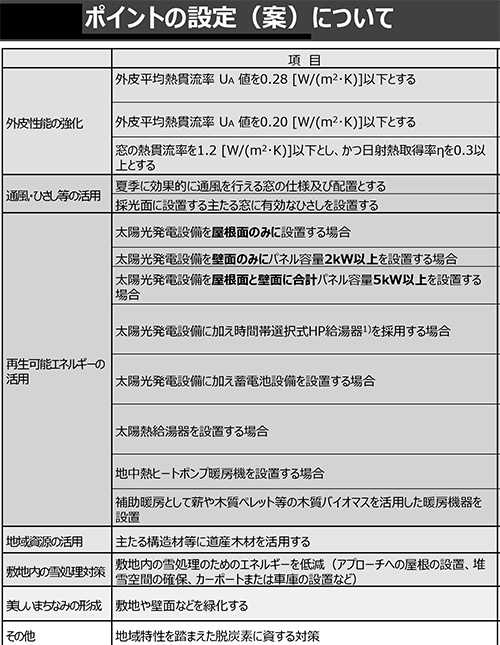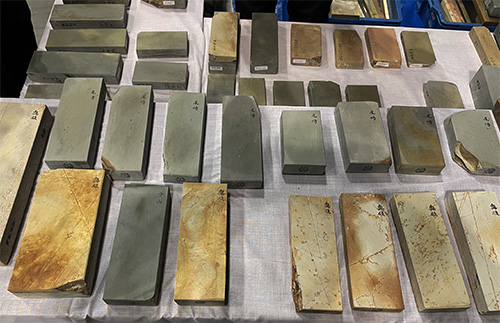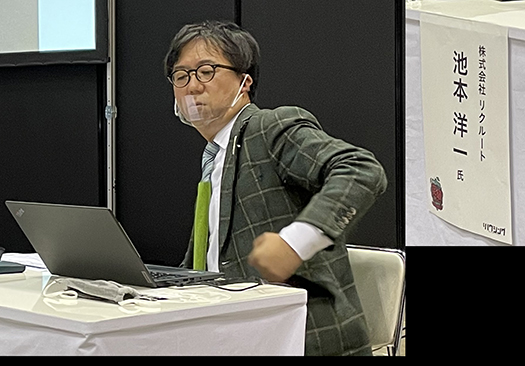
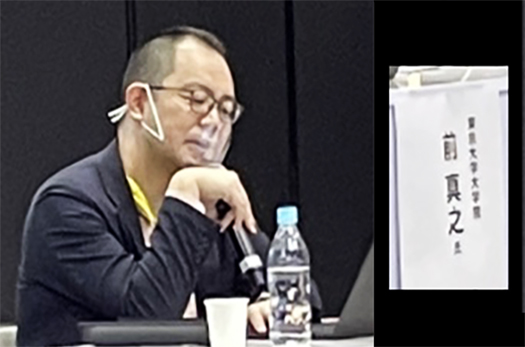
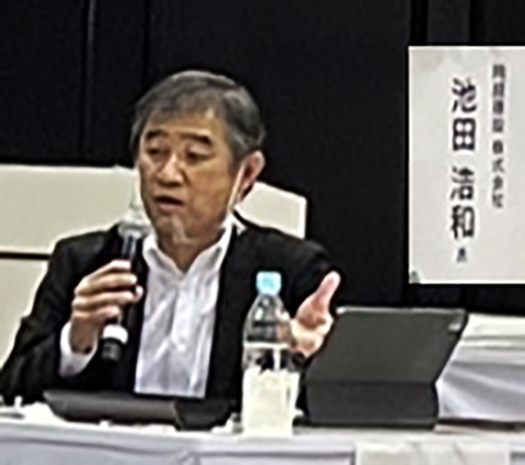
昨日も引き続き「Replan住まいナビ」情報拡散のために営為PR活動。
なんですが、中日ということからか、客足はやや鈍化。
一昨日は初参加にもかかわらず、猫の手も借りたかったのですが、
他のブースや講演会などに聴講参加もできる状態でした。
ということでしたが、ややゆとりがあったことで
普段なら時間をかけてアポしなければならないような人と遭遇できる。
集団討論会的なイベント講師参加のリクルートの池本洋一さんと再会。
新建ハウジングのイベント会場でなんと一番前の席で聴講できた。
・・・まぁ、それくらい人出が少なめであった証明。
池本さんとは、もうかれこれ7−8年前以来。
氏は最近はいろいろなテレビメディアなどに住宅コメンテーターとして
出演されるようになっていますが、わたしが初めてお目に掛かったのは
まだそういう露出はまったくされていなかった頃。
ただFacebookのアカウントは開かれていて、
「そういうことなら」ということで友だちになった経緯。
わたし的には業界の巨人企業リクルートさんの動向を聞かせて頂きたく
当時東京駅八重洲口すぐ隣の高層オフィスの懐深く飛び込んだ。
「三木さんは商売敵だから(笑)」みたいなジャブを浴びつつ
めげずに深層的な対話を隔意なくさせていただいて嬉しかったものです。
その後、あの緑のスーモキャラと同色の服を心がけるほどに
広告塔的な役割もこなされながら活躍されていることをはるかに側聞。
そのあたりの動機・経緯なども目を合わせ話すと伝わってくるものがある。
会場で若干会話した後、弊社の「Replan住まいナビ」ブースにも立ち寄って頂けた。
この新事業についてもオープンな姿勢で対話できました。
今後とも情報を交換したいと申し入れたところこころよく対応姿勢を示された。
隔意ないその対応に深く感謝いたします。
その後の講演会場では一地方メディアとしての弊誌Replanに
連載記事をもう10年近く執筆頂いている東大准教授の前真之先生と久々遭遇。
新建ハウジング・YKKさんと協働される「性能向上リノベ」の討論会。
広報資料的にまとめられた内容ではなくそのコンセプトの核心について、
討論対話のなかから浮かび上がってくるものがわかる。
「性能向上リノベ」の現在地点の状況と、そのさきがけになっている
東京・西東京市の有力ビルダー、岡庭建設の池田氏とも知遇を得られました。
前真之先生には事前に「Replan住まいナビ」の経緯もお知らせしているので
「ブースに行きます」という言葉も頂きました。
今回の新事業については北海道大学工学部のAI研究のみなさんと
同じ北海道大学工学部の室内環境系の森太郎先生が深く関与していただいたので
新住協の鎌田紀彦先生からも深い興味を示されたように
前先生にもご意見を伺わせていただきたいと願っていたところ。
先生は本日も講演会参加予定なのでその前後の時間から
こういった「交流」をはじめたいと思います。
・・・ということで大変大きな「ひと儲け」ができました。感謝。
English version⬇
Reunion, Encounter, and Information Exchange in Japan Home Show
Reunited with Recruit Yoichi Ikemoto. We exchanged information with each other. We also had a real meeting with Dr. Masayuki Mae for the first time in a while. Kick-off of the exchange with a good response. We had a good time.
Yesterday, we continued our PR activities to spread the “Replan Sumai Navi” information.
However, the number of visitors slowed down a little, perhaps because it was the middle of the day.
The day before yesterday, despite being the first time to participate, we wanted to help the cat.
I was also able to attend other booths and lectures.
This meant that I had somewhat more time to spare.
I could encounter people with whom I would normally have to take time to make appointments.
I met again with Yoichi Ikemoto of Recruit, a lecturer participating in a group discussion-type event.
I was able to sit in the front row of the Shinken Housing event hall.
I was able to sit in the front row at the Shinken Housing event…well, that’s how small the turnout was.
I have not seen Mr. Ikemoto since seven or eight years ago.
Mr. Ikemoto has recently been appearing as a housing commentator on various TV media.
I first met Mr. Ikemoto when I was a child.
I first met Mr. Ikemoto when he had not yet been exposed in such a way.
However, he had opened a Facebook account
I was just a Facebook account holder, so I decided to make friends with him.
I wanted to hear what Recruit, one of the giants in the industry, was up to.
I jumped into the bosom of the high-rise office right next to the Yaesu exit of Tokyo Station.
I was jabbed with a “Mr. Miki is my business rival.
(laugh), I was happy to be able to engage in a deep dialogue with him without any illusions.
After that, I even tried to wear the same color clothes as the green Sumo character.
I was so pleased to hear that he has been playing an active role as an advertiser.
I could feel his motives and background when I looked at him and talked with him.
After a short conversation at the venue, they stopped by our “Replan Sumai Navi” booth.
We were able to have an open dialogue about this new business.
When we offered to continue exchanging information with them, they responded with open arms.
We are deeply grateful for their openness.
In the lecture hall afterward, I wrote a series of articles for Replan magazine, a local media outlet, for nearly 10 years.
I met Dr. Masayuki Mae, an associate professor at the University of Tokyo, who has been writing a series of articles for Replan magazine, a local media outlet, for nearly 10 years now.
The discussion was about “Renovation for Better Performance,” which is a joint project with Shinken Housing and YKK.
The content of the discussion was not a public relations document, but the core of the concept, which emerged from the discussion and dialogue.
The discussion was not a summary of publicity materials, but rather a discussion of the core of the concept, and what emerged from the dialogue.
The current status of “performance-enhancing renovations” and the pioneers of this concept.
We were also able to make the acquaintance of Mr. Ikeda of Okaniwa Construction, a leading builder in Nishi-Tokyo, Tokyo.
I informed Dr. Masayuki Mae of the background of “Replan Sumai Navi” in advance, so he said, “I’ll be at the booth.
He also said, “I will visit your booth.
This new project was discussed with the AI research team from the Faculty of Engineering at Hokkaido University and the indoor environment team from the same Faculty of Engineering at Hokkaido University.
Dr. Taro Mori, a professor of indoor environment at the same Hokkaido University Faculty of Engineering, was deeply involved in this new project.
Dr. Norihiko Kamata of Shinjyukyo expressed his deep interest in the project.
I was hoping to hear from the former professor as well.
He is scheduled to attend a lecture today as well, so I would like to start this kind of “exchange” with him before and after the lecture.
I would like to start this kind of “exchange” with him before and after his lecture.
I am very happy to have made a big “profit”. Thank you very much.
Posted on 10月 28th, 2022 by 三木 奎吾
Filed under: こちら発行人です, 住宅マーケティング | No Comments »



